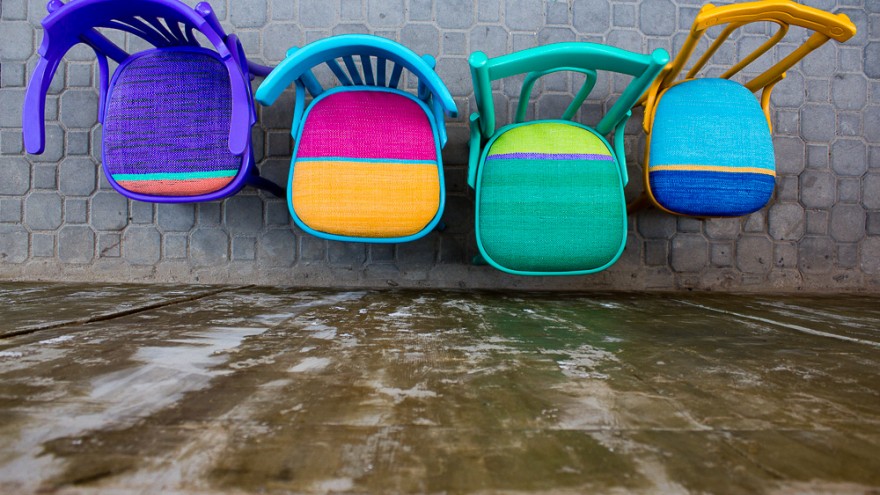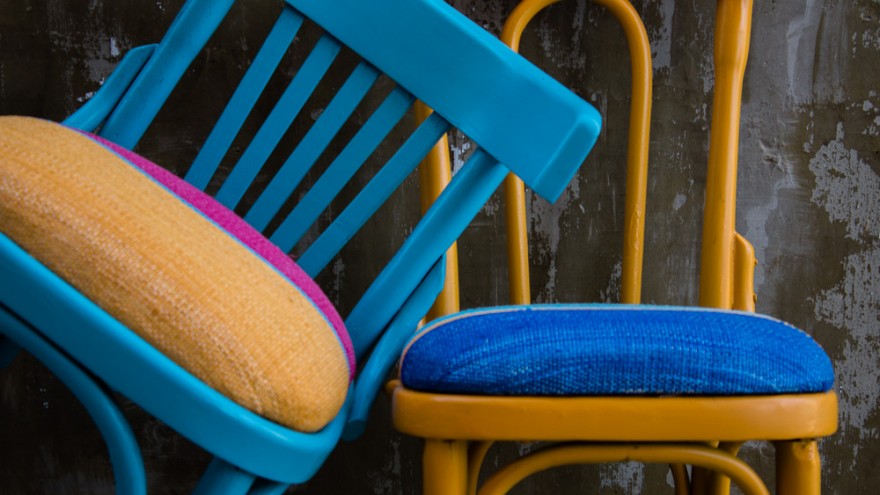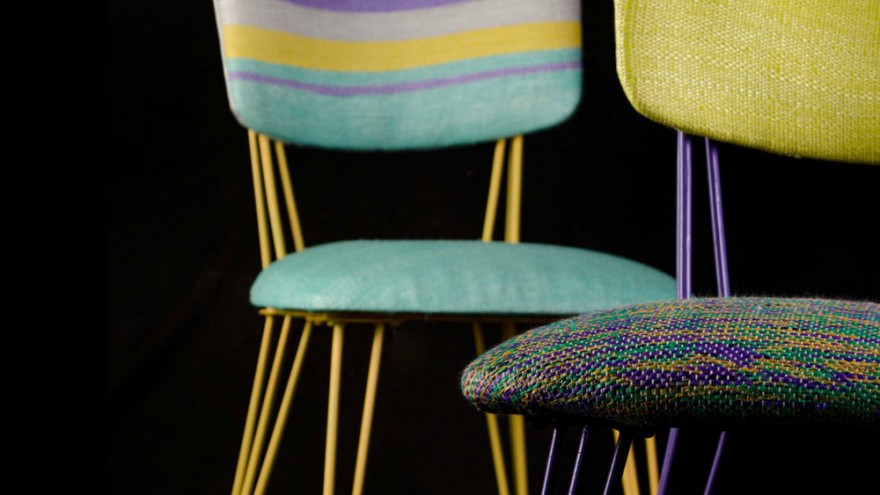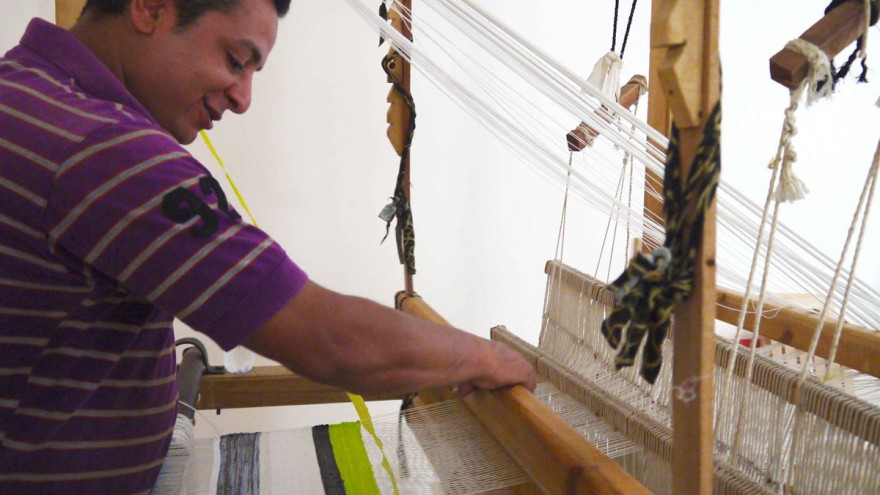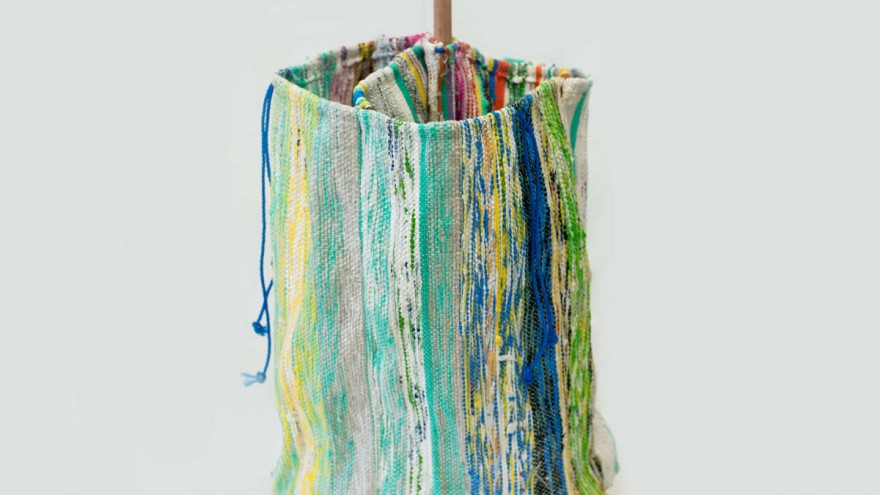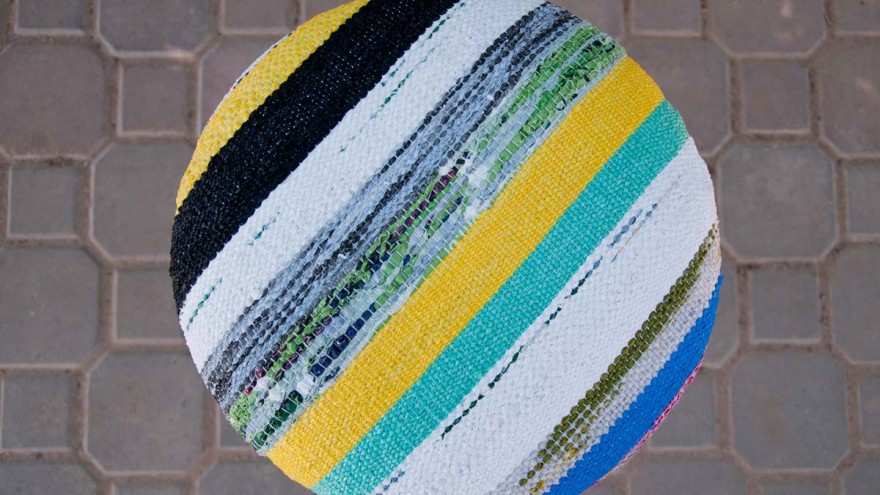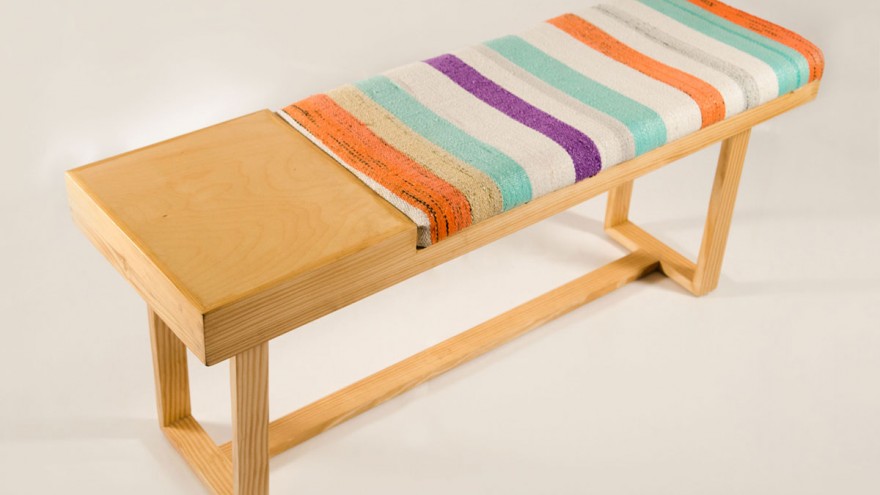The plastic bag has become the poster boy for how consumer waste is choking the world. Able to carry more than a thousand times its own weight, the plastic bag is a feat of engineering. But they take up to a thousand years to decompose and over 20 million are used a day…
The question of how to start prolonging the use of plastic bags instead of adding them to piles of waste was what motivated Egyptian graduates Mariam Hazen and Hend Riad to start Reform Studio in 2012, turning their graduate project – the creation of a sustainable material called “Plastex” – into a proper business.
Plastex retains many of the properties that make plastic bags themselves so incredible. It is strong, durable, water-resistant, and able to tolerate sand and dust. Since it’s creation, the material has won a handful of awards. We talk to the founders Hazen and Riad about the Reform mission.
Where did the idea for Plastex come from?
We came up with the idea of "Plastex" during our last semester in university, directly after the 2011 revolution in Egypt that ended the three-decade-long presidency of Hosni Mubarak. We were super-excited to be part of the great change, eager to make a stand and make a difference.
The feeling of responsibility towards serving our society and environment, gave us the motivation to solve one of the major problems in Egypt; waste. We started to deal with waste as a raw material trying to transform its negative impact into a more positive one. After long research we found out the following:
- Plastic bags are the second most common kind of wasted material in Egypt
- Every minute globally around two million plastic bags are given out for free to the public
- Average use of a plastic bag is just 12 minutes
- Recycling a plastic bag costs more than producing a new one
- An estimated 120 barrels of oil are required to make the bags we consume in one minute
- Worldwide more than four billion plastic bags end up as litter each year
- Plastic bags pollute waters, smother wetlands, entangling and killing animals
Tell us about the process of making plastex?
Plastex is made from reused plastic bags and recycled cotton threads. Plastic bags are collected, sterilised, cut, and interwoven on a manual handloom.
What are the properties of Plastex? How can it be used?
Plastex is an internationally award-winning, 100 per cent eco-friendly handmade fabric that meets the need for environmental sustainability. The fabric was officially tested at the National Center for Research, and it was proven to be strong, durable, water-resistant, and able to tolerate sand and dust. Plastex can be stretched double its size and holds more that 50 kg (or a little more than 100 lbs).
What makes Plastex more exquisite is how it was designed, branded, and applied on different applications that suit products in our daily life, but with greater sustainable value. It is comfortable enough to be used in home and office furniture.
Are the colours original - or do you dye it?
We don’t dye plastic bags, we use them as they are.
Would you like other designers to use Plastex?
We are open for collaborations with designers from different backgrounds such as interior, product and even fashion designers.
Where do you sell your pieces?
You can find Reform’s products all over Egypt and in London or you could order online through our platforms as we ship worldwide, while soon we are going to launch our online store.
Do you find Cairo a creative place to live and work?
Egypt is a vey creative place, filled with inspirations.
What is your unrealised ambition as a design studio?
Turning Reform studio into an international brand that has a great impact on the environment and the society.

